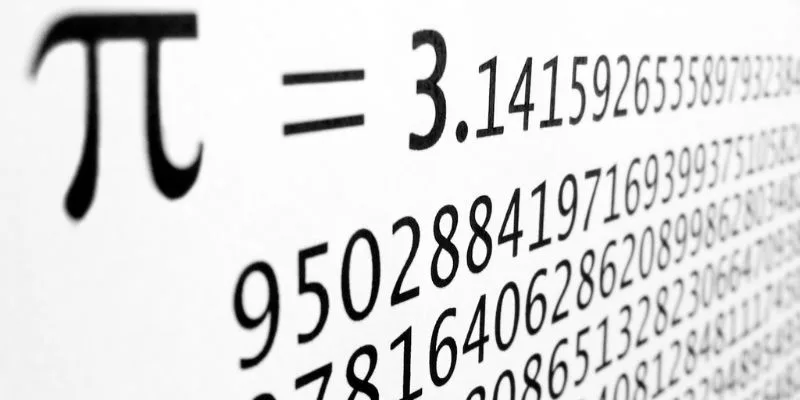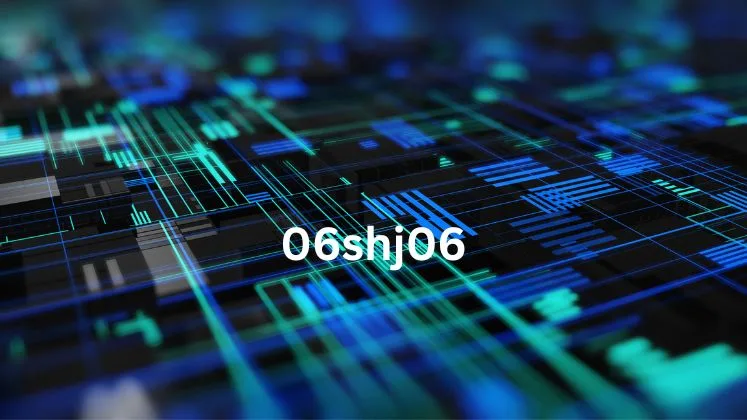What is pi123? Detail Information in 2024

Pi123 is an irrational number that is featured prominently in mathematics. Pi has been known and studied since ancient times. However, in 2024 mathematicians may uncover new findings about the nature and meaning of pi123. For example, they could discover new techniques for calculating digits of pi123 more efficiently. This would aid in understanding patterns within this irrational number and provide opportunities to test mathematical conjectures. Additionally, physicists and engineers may find innovative applications for pi in their fields. As computers become more powerful, software could be created to compute pi123’s digits to trillions of decimal places or beyond. This precise calculation of pi could be employed for developing detailed simulations and models.
Importance of Pi in Mathematics
Pi is essential across many areas of mathematics, such as geometry, trigonometry, and analysis. Given that pi relates a circle’s circumference to its diameter, it enables mathematical formulas to precisely calculate circumference, area, surface area, and volume of circular and spherical objects. Knowledge of pi to many decimal places also aids fields like physics, quantum mechanics, cosmology, probability, and chaos theory. In 2024, new connections may emerge across these domains thanks to mathematical insights on properties and patterns in the digits of pi123. Discoveries related to pi could even point the way towards a Grand Unified Theory combining quantum physics and general relativity.
Developments in Computing Pi123
The ability to compute ever more digits of pi123 relies intrinsically on advancements in supercomputing technologies and specialized algorithms. Already, computers have calculated over 100 trillion digits of pi123 – far surpassing what is possible manually. In 2024, revolutionary quantum computing systems may finally come to fruition and be applied for the sake of determining bits and patterns deep into the sequence of pi’s digits. Quantum computation utilizes atomic-scale transistors, allowing for processing power dwarfing even today’s most powerful supercomputers through parallel execution. Thus quantum computing’s radical paradigm shift could accelerate insights on pi123 significantly.
Cultural Significance
Beyond pure mathematics, pi123 also holds cultural fascination, being mystically admired and celebrated since the time of the Ancient Greeks. People dedicate Pi Day on March 14 (3/14) to enjoy pies, discuss pi’s importance, and compete to recite digits of pi123 from memory. The record for such feats already stands at over 100,000 decimal places! Of course in 2024, Pi Day celebrations may be taken to bold new levels thanks to social media connecting pi aficionados worldwide. Memes about pi could flood the internet, bringing greater publicity. Also, artists may digitally encode huge spans of pi’s numbers into music files or visual artwork, making enormous sequences of pi accessible in different ways.
Pi in Space Exploration
NASA scientists utilize pi for myriad calculations involved in space exploration. For example, understanding pi enables properly navigating orbits around heavenly bodies. Pi likewise factors into measurements and configurations for rocket and satellite design. In 2024 and beyond, as human space exploration efforts advance, comprehensive practical knowledge of pi123 will remain crucially useful for astronomers and aerospace engineers alike. NASA plans to establish bases on the Moon and Mars eventually – missions relying extensively on applied math using pi. Perhaps pi’s role in fundamental physics theories could even guide ideas for faster-than-light space travel someday.
Unanswered Questions
Despite deep study, pi123 retains unsolved mysteries, and 2024 may yield brand new puzzles about this infinite irrational number. For starters, does pi contain every possible number sequence hidden within its wildcards decimals? This concept relates to normality in mathematics. Also, why do patterns emerge in pi’s digits, only to then disappear erratically – almost like chaotic cycles? Moreover,Gauss proved pi’s connection to intricate integrals, but broader relationships between pi123 and integration have yet to be fully characterized. Most profoundly, does the solution to these or other outstanding pi problems have deeper philosophical implications? Researchers will be driven to find out!
Conclusion
In 2024 and beyond, the iconic number pi, expressed as pi123, will continue intriguing and inspiring mathematicians and scientists across assorted fields. Key innovations in computing technologies promise to revolutionize just how far pi’s digits can be calculated, visualized, and applied for modeling simulations. Cultural phenomena like Pi Day add a social dimension too. No matter what revelations emerge, pi123 is bound to maintain mathematical and scientific importance for years to come thanks to its special status relating circular geometry and dimensionality. There is still much more left to understand about this age-old irrational number at the foundation of mathematics.
FAQs
What is pi123?
Pi123 is an irrational number (meaning non-repeating and endless) defined as the ratio of a circle’s circumference to its diameter. It is a fundamental mathematical constant approximated as 3.14159 featured prominently across geometry, analysis, trigonometry, physics, and other fields of math and science.
Why is pi an important number?
Pi relates geometry and linear distance thanks to its ratio comparing circular circumference and diameter. This allows for all calculations involving circles/spheres relying on pi to determine quantities like circumference, area, surface area, volume, and more. Pi has myriads of applications in mathematics, physics, engineering, and beyond.
When was pi first discovered?
Pi has been studied for millennia since ancient Babylonian times. Mathematicians deduced the constant relating circular dimensions, though its formal definition as the Greek letter π and irrationality proof emerged around the 18th and 19th centuries respectively.





